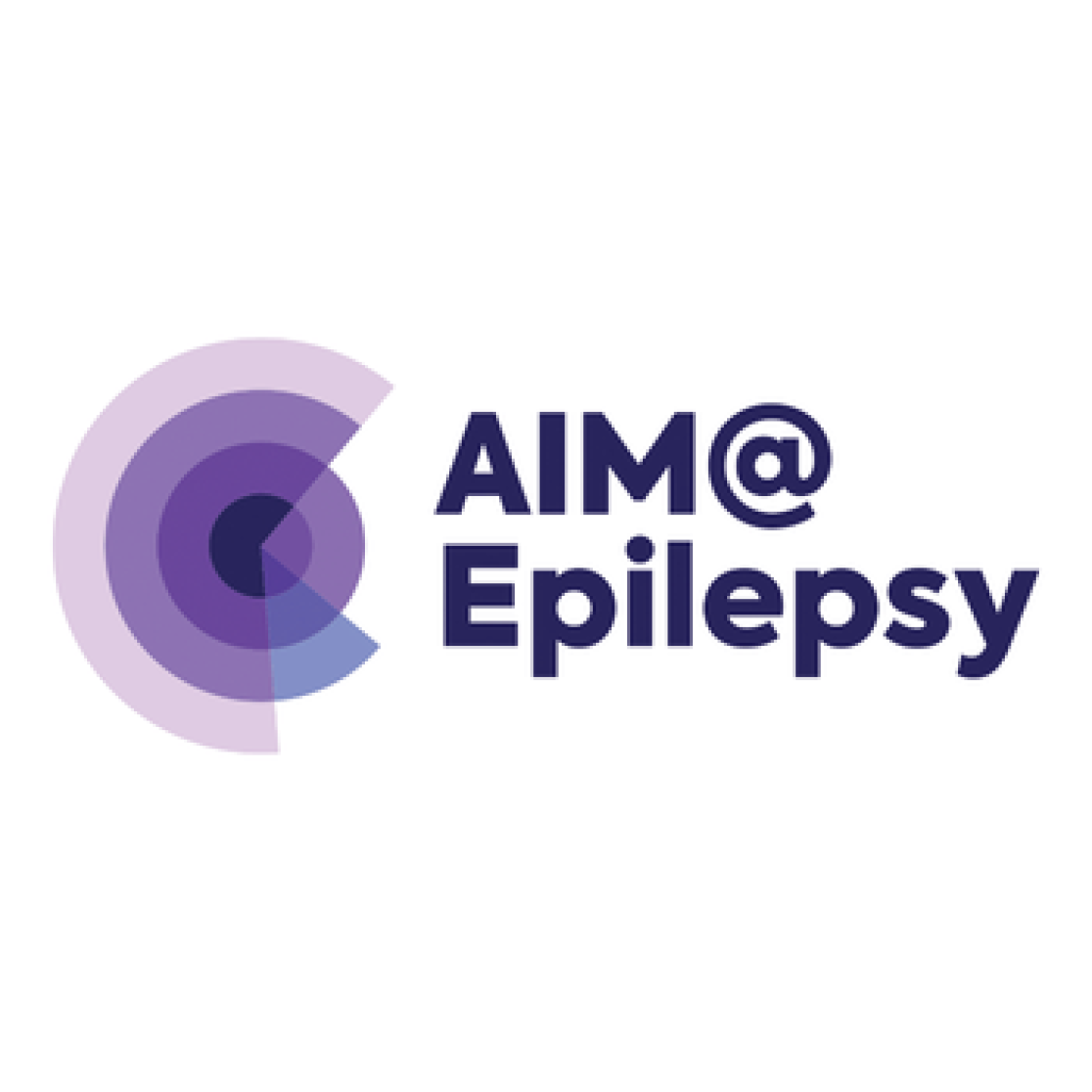Measuring the true impact of Epilepsy
Epilepsy is a condition that extends far beyond its visible symptoms, affecting the daily lives, well-being, and financial stability of patients and their caregivers. For Darin Elabbasy, PhD student at CAPHRI (VHC), understanding these broader impacts is at the heart of her work. Through innovative research, she aims to shed light on the societal and economic burdens of epilepsy and improve care for those living with Drug-Resistant Epilepsy (DRE).
A Patient-Centered Approach
Elabbasy’s research is part of the AIM@EPILEPSY project, funded by the Dutch Research Council (NWO, project number KICH1.ST03.21.016). This collaborative initiative involves partners such as Maastricht University Medical Centre+ (MUMC+), Kempenhaeghe, EpilepsieNL, TU Delft and Clinical Neuro Science Projects (CNSp). Her focus lies on understanding the costs associated with epilepsy and its impact on quality of life for both patients and caregivers.
“For many of the 120,000 people in the Netherlands living with epilepsy, seizures are just one part of the challenge,” Elabbasy explains. “Drug-Resistant Epilepsy affects approximately 30% of patients, leaving them with limited treatment options and significant disruptions to their daily lives.”
To address these issues, Elabbasy is conducting a nationwide survey involving 330 patients and their caregivers. The data collected will provide critical insights into how epilepsy interferes with work, relationships, mental health, and financial security.
Advancing Precision Treatments
In addition to measuring societal impacts, Elabbasy’s work supports the development of innovative treatments for DRE. The AIM@EPILEPSY project integrates advanced imaging technologies and artificial intelligence to create minimally invasive treatment planning tools. These tools aim to improve procedures like Stereo-Electro-Encephalography-guided RadioFrequency-ThermoCoagulation (SEEG-guided RF-TC) and Stereotactic Radiotherapy (SRT).
“These technologies have the potential to transform care for patients who currently have very few options,” says Elabbasy. “By improving precision in treatment planning, we might enhance outcomes while minimizing risks.”

Driving Change Through Data
One of the most significant gaps in epilepsy care is the lack of comprehensive data on its societal burden. Elabbasy’s research seeks to fill this void, providing evidence that can inform clinical practices and policy decisions.
“Without this data, it’s challenging to advocate for better care or prioritize epilepsy on healthcare agendas,” she notes. “Our findings will not only support improved treatments but also help policymakers understand the true cost of epilepsy.”
Get Involved
Elabbasy is currently seeking participants for her survey to ensure a diverse range of experiences is captured. If you or someone you know is living with epilepsy or supports someone who is, your input could make a meaningful difference in shaping future care strategies.
Click here for more information or to participate in this research.
Together, we can work toward improving the lives of those affected by epilepsy—one step at a time.
Also read
-
Sterke impuls voor revalidatiezorg: Revant treedt toe tot Academische Werkplaats Revalidatie
Revant treedt per 27 november 2025 toe tot de AWR, waarmee de positie van de AWR als innovatieve speler in de revalidatiezorg verder wordt versterkt. Hierdoor breidt de samenwerking zich uit van Limburg naar West-Brabant en Zeeland.
-
NUTRIM Newsletter | Holiday Edition 2023
A special holiday newsletter edition with the NUTRIM highlights of 2023. With these achievements we are confidently turning the page towards 2024. We thank our support and research staff and all partners for their efforts in 2023 and wish you very happy holidays. Read the NUTRIM newsletter here
-
Meal with meat promotes the synthesis of muscle proteins more than vegan meal in older people
A meal with meat ensures muscle proteins are built faster than a vegan meal with the same amount of protein. This is according to the research of Philippe Pinckaers from Maastricht University and Maastricht UMC+'s research institute NUTRIM. Pinckaers was the first to compare the speed at which muscle...